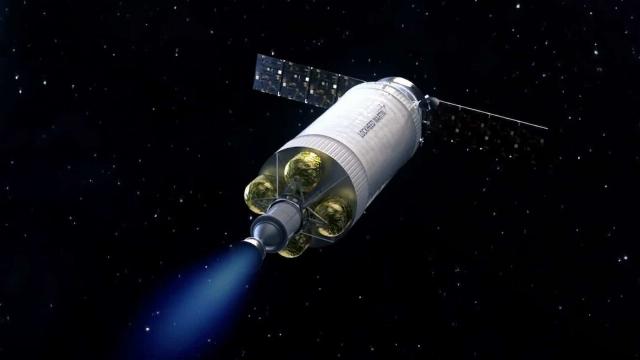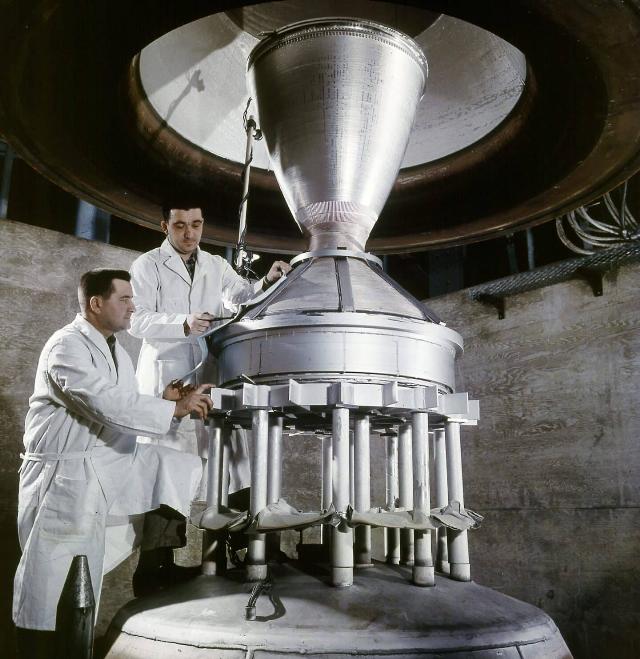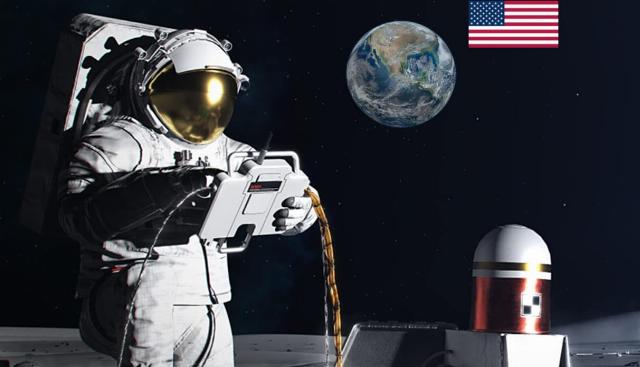The political revenge against Musk by a number of Republicans and the replacement of the future head of NASA have created an unprecedented threat to the agency's scientific projects. Now there are plans to curtail the financing of nuclear engines for space.
Due to political conflicts between Elon Musk and his opponents in the Republican administration, Jared Isaacman's candidacy was withdrawn from consideration for the post of future head of NASA. A retired military man will be appointed instead, and his final candidacy is still being worked out. Along the way, the agency's funding for a number of important scientific research areas has been sharply reduced. If the budget proposals pass in their current form, some space telescopes may stop working.
In the United States, an updated draft of NASA's budget for next year has become public knowledge. Among its features is the lowest funding figure for the entire period of the agency's existence. A number of organizational steps were also mentioned, for example, reducing the number of agency employees by one and a half times. The latter in itself would not be a disaster, because some of the organization's services were inherited from other times when it had other tasks. The reduction in costs for the ISS (apparently due to a decrease in the number of American astronauts on board) is also hardly a blow to scientific projects: we have already written about the limited returns from orbital stations.
For decades, NASA has been an example of inefficient spending in, for example, the field of manned space exploration: the SLS rocket and Orion spacecraft projects are estimated at $ 41 billion, but so far people have not flown them, and each launch is estimated to be three times more expensive than the launch of the Saturn-5+ spacecraft. "Apollo" in the 1970s. Therefore, some reduction in his expenses seemed both expected and reasonable.
However, the cuts also affected useful projects. In particular, it is proposed to stop the operation of the Chandra X-Ray Observatory space X-ray telescope. It is also proposed to close the Fermi gamma-ray space telescope, which plays an essential role in studying distant objects in the universe. There are no similar observational systems in the X-ray and gamma ranges on Earth and there are no plans to introduce them in the coming years. Of course, given the age of the telescopes, technical difficulties periodically arise with them, but, one way or another, they work, the main expenses for them have already been made. At the same time, curtailing scientific work on them looks like a strange strategy in every sense, including from a budgetary point of view.

The DRACO spacecraft in lunar orbit in the artist's view
Image source: LM
No less unusual is another step taken by the US administration: cutting funding for the Space Technology Directorate from more than a billion dollars to half that amount. One of the parts of this reduction is the abandonment of the DRACO mission, with a demonstration of the operation of a nuclear space engine in lunar orbit. This decision has already attracted criticism, including from Kurt Poltsin, chief engineer of NASA's nuclear propulsion systems.
According to him, when flying to Mars, Starship uses the principle of multiple refueling both in low-Earth orbit and on the fourth planet itself. This makes the flight plan excessively complicated and risky, he believes. "Does this mean that this approach will not work? No, but I will say that it is very, very difficult and problematic." At the same time, Poltsin admits that nuclear propulsion systems are even less developed today than the SpaceX approach, but believes that they have a great future ahead of them.

Technicians work with the nozzle of a prototype nuclear thermal rocket engine in the USA, 1964
Image source: NASA
Naked Science previously noted that the approaches used today to create nuclear rocket engines are dead—end and will not lead to serious success in manned space exploration - which is the case with the Russian Zev project/"Nucleon", which is in the case of the American DRACO. There is indeed a working way, the Zubrin nuclear saltwater rocket, but it is too ambitious and unusual for anyone to start developing it. That is, the "nuclear reduction" of NASA's budget will not cause any immediate damage to the near-term prospects of space flights. As for the more distant prospects, the situation is more complicated here.
In addition to hitting nuclear projects and space telescopes, the new space plans include canceling the DAVINCI and VERITAS Venus exploration missions, which included the lander, disabling the Mars Odyssey and MAVEN artificial satellites, as well as exiting the Rosalind Franklin European rover delivery project to the fourth planet.
Recall that the last one was supposed to be delivered to Mars by a Russian landing platform, but the Europeans refused to do so. If the United States now refuses the Europeans, the guaranteed operational life of the Rosalind Franklin nodes will most likely expire before Europe finds any other ways to deliver it to its destination.
At the same time, we note that a number of the Trump administration's plans to reduce NASA funding look designed for bargaining, rather than serious cost cuts. For example, the closure of the already flying Fermi and Chandra space telescopes, which have done so much to explore the vicinity of supermassive black holes, will almost certainly not pass through Congress.
A general reduction in NASA's budget from about $25 billion to $19 billion, as currently planned, also looks unlikely. Most likely, at congressional hearings, the administration expects to exchange its "concessions" on the NASA budget (planned in advance) for real concessions from congressmen lobbying for a particular project that the White House really wants to close.
Alexander Berezin

